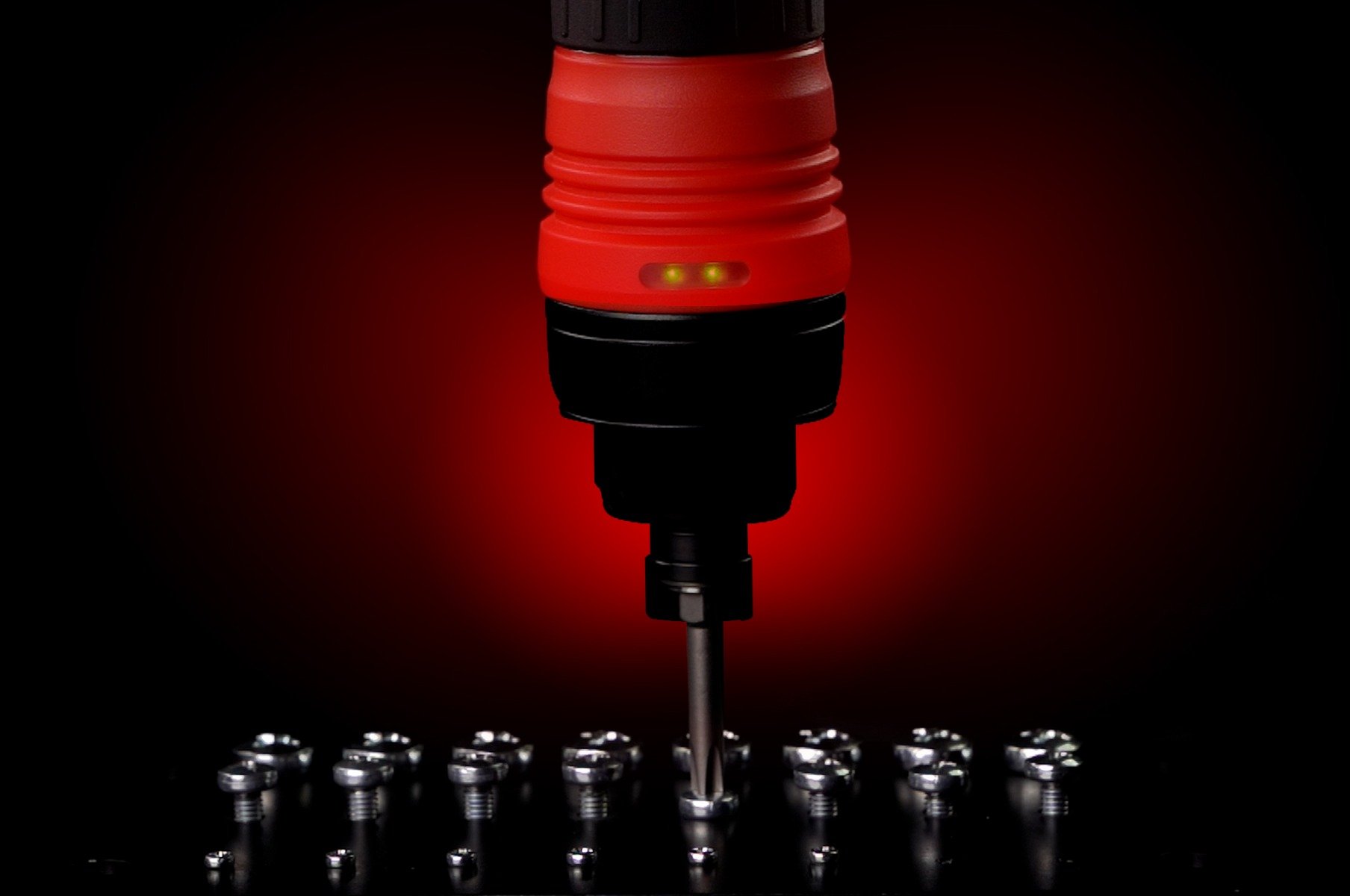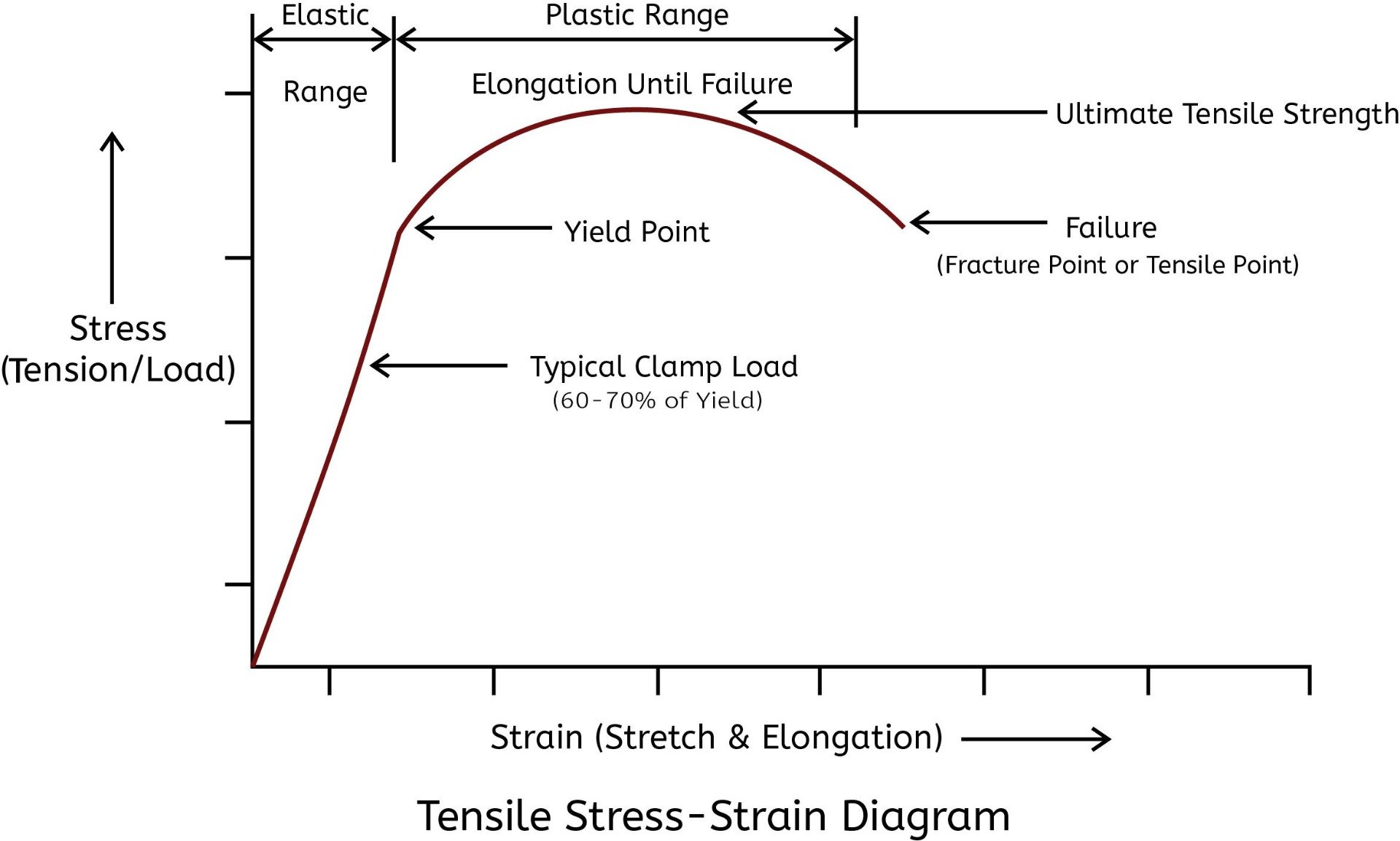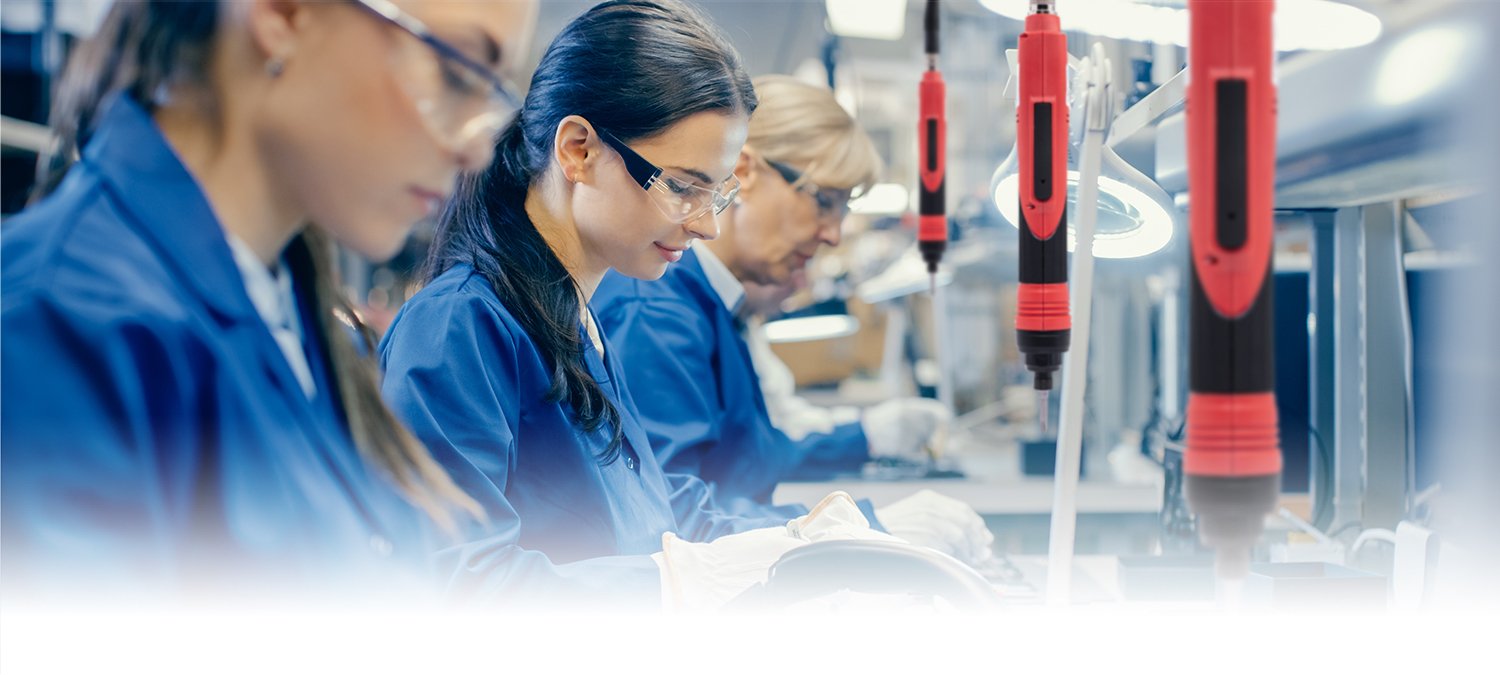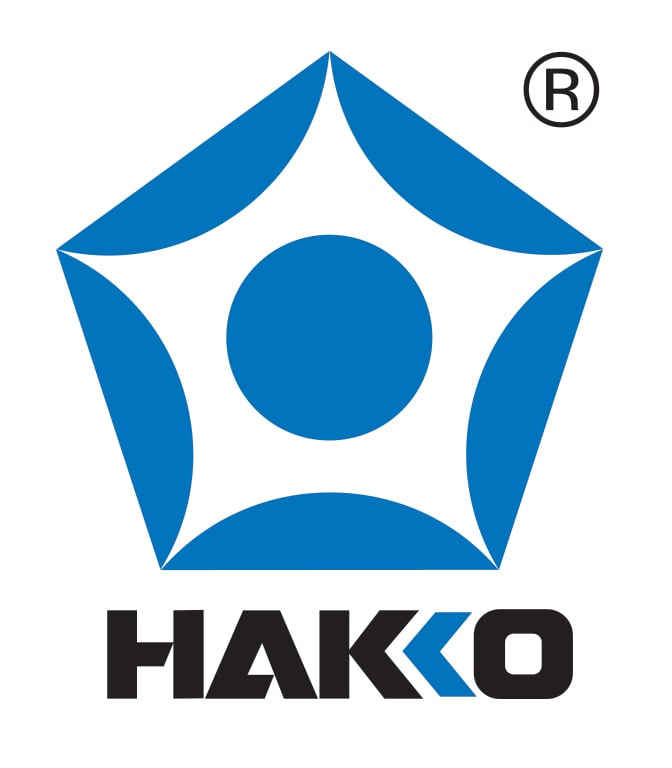We use cookies to make your experience better. To comply with the new e-Privacy directive, we need to ask for your consent to set the cookies. Learn more.
Electric Torque Screwdrivers & Why You Need Them

Have you ever stripped the threads of a screw, or tightened a screw so tight the head broke off? Or experienced loose lug nuts on a wheel of a car? These are reasons you use torque tools, to ensure the fastener(s) are sufficiently tightened to a specific torque.
Critical fasteners such these are found in the automotive, electronics, communications, and aerospace industries to name a few.
What is Torque?
Torque is a force required to rotate, twist, or turn a screw / fastener to clamp components together. As the components are clamped together, “torque” is applied to the screw by the screwdriver and the screw is stretched. This causes “tension” on the screw, and this “tension” is what holds the components together to achieve a “clamp force.”

In a manufacturing environment, the goal is to repeat the “tension” on the screw / fastener to achieve a “clamp force” that is repeatable over and over.
How much Torque is Necessary?
Every fastener has a “tensile strength.” Tensile strength is the maximum load the screw / fastener can support without breaking when stretched. This maximum load is called the “yield point” — the point of no return. When exposed to vibration or any kind of shock, an over-tightened screw (beyond the yield point) can break, and an under-tighten screw can become loose.
Before reaching the fastener’s yield point there is an “elastic region.” This elastic region is the zone to tighten the fastener. Typically, tightening up to 85-95% of the elastic region (before the yield point) is where you want to reach.

How do you Control the Torque?
Most torque screwdrivers use a mechanical clutch mechanism to control or limit the amount of torque applied to a fastener by the screwdriver. Then there are torque “transducers.”
What is a Torque Transducer?
A torque transducer is a device that converts physical mechanical energy (torsion) into an electrical output signal. The transducerized torque screwdrivers have a built-in sensor that measures the precise calibrated torque applied on a screw at each joint and at every tightening location in real time and feeds that data back to a controller. The controller then records, collects and stores the torque and fastening data for analysis, compliance and traceability. This capability enhances the assembly process’ reliability and efficiency and with high precision accuracy. And this is why you need the CHP ATX Torque Screwdriver System.

NEW CHP ATX Intelligent Torque Controllers & Drivers
The CHP ATX Intelligent Torque Screwdrivers are the latest addition to the CHP electric screwdriver line. These premium non-slip grip drivers have an LED status indicator ring, use a ¼” hex bit, and covers a torque range of 2.4 – 50 kgf-cm over three different models (ATX-12, ATX-30, ATX-50), with a maximum speed of up to 2000rpm (depending on model). Best of all, they work with the ATX Intelligent Torque Controller.

The ATX Intelligent Torque Controller is a 10-inch LCD touchscreen controller for the CHP ATX electric torque screwdrivers and is available in a one (1) or two (2) port model for powering and controlling one or two ATX screwdrivers simultaneously or in a user-defined sequence.
The controller features an intuitive interface for programming up to 500 different parameters and the ability to manage up to 500 user-programmable sequences. Each fastener parameter is programmable for various combinations of time, torque, rotation, angle, and direction.
The full-color LED backlit screen displays the resulting data and torque curve in real-time, which can be collected and exported via USB for storage and future reference.
For full information, please visit us at HakkoUSA.com or call 1-800-88-HAKKO (42556).
